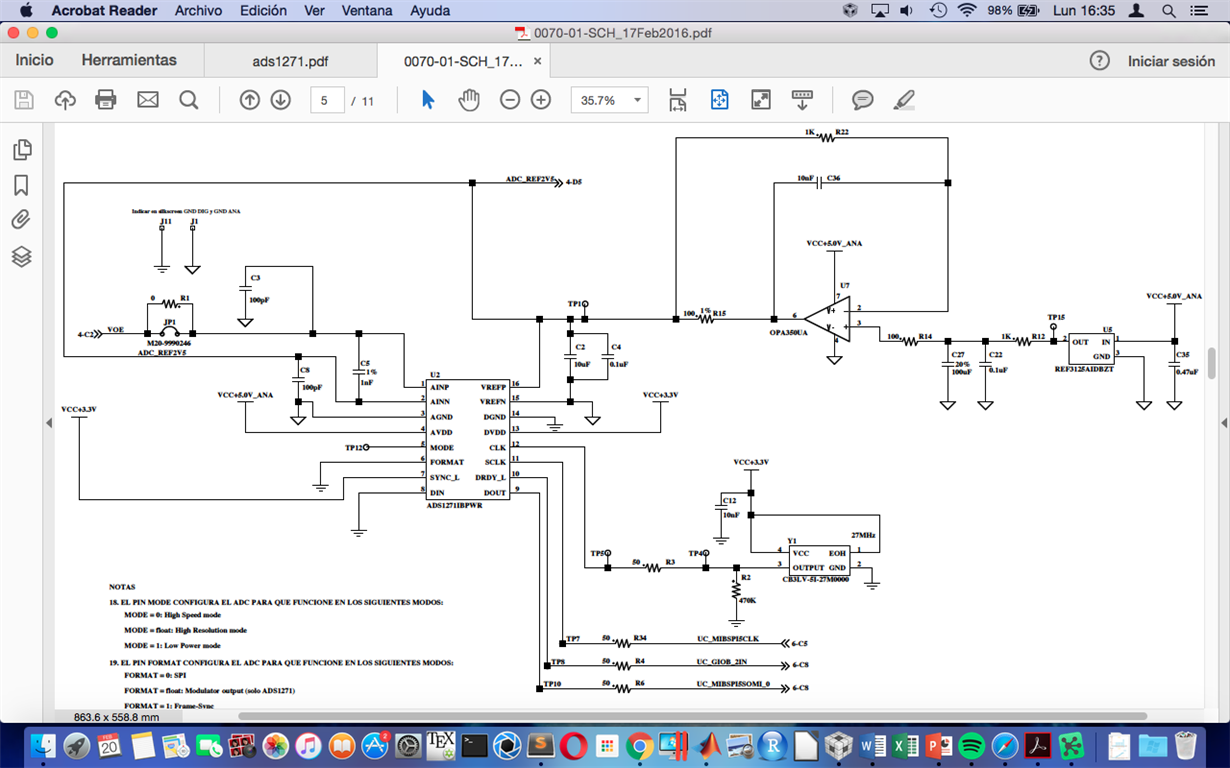Hi
Im doing a passband filter: high pass 5Hz, notch 60Hz and low pass 520Hz. Then to a summing amplifier to move the signal from 0 to 2.5V. All this with an OPA4188. I was wondering if the ADS1271 could work for me, since it has a differential input... would it work with the AINP on the output of the OPA and the AINN to gnd??
thanks!!



